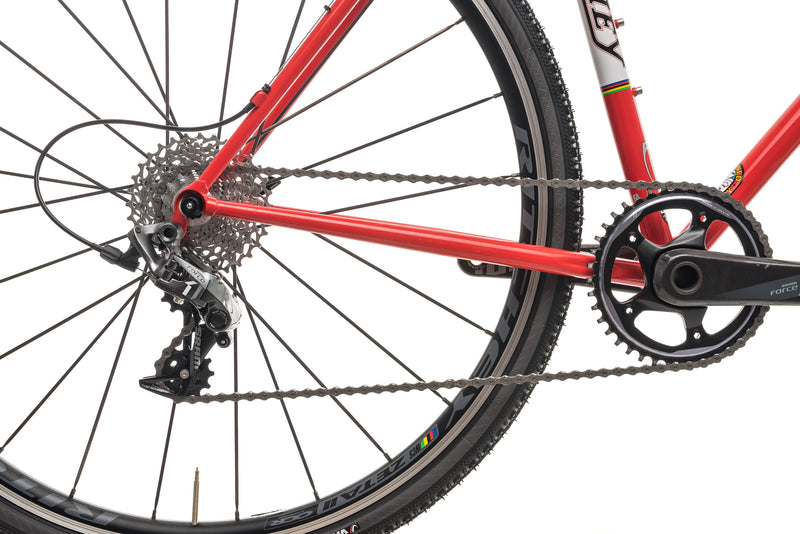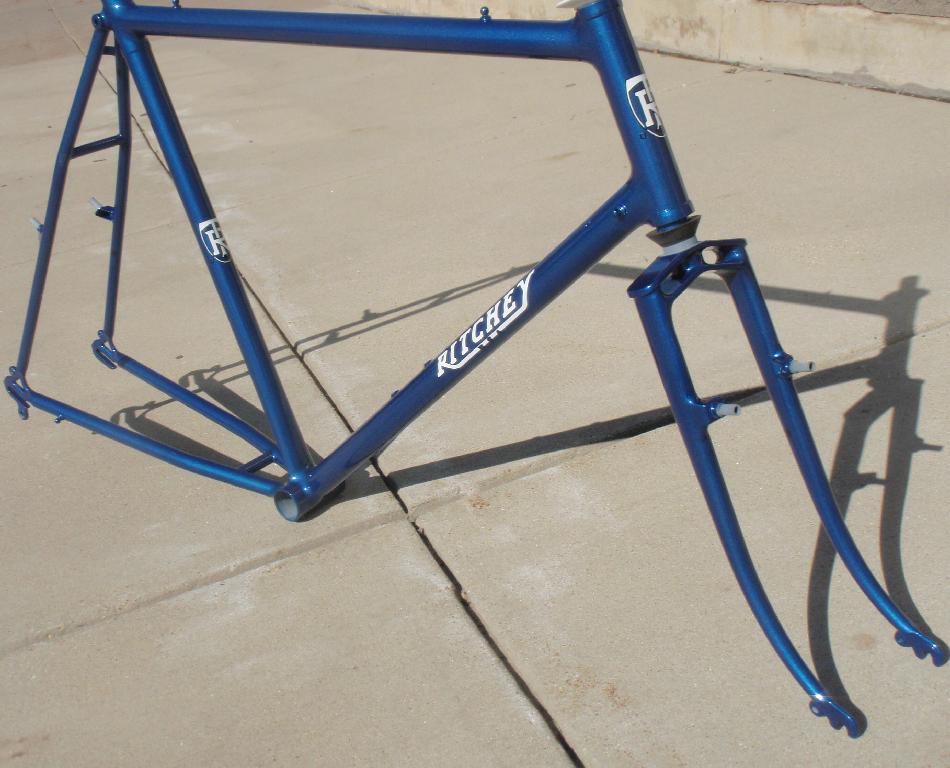
It is easy to pack the Ritchey by removing the wheels, handlebar, seat and seatpost, and decoupling the frame. The reality was that the bike rode just like a bike without couplers. Somewhere in my mind I must have assumed that because it was a travel bike, there would be additional flex, more weight, or just some sort of compromised ride. I was surprised at how efficient the bike felt.

I quickly built it up and took it for a spin. Moments later I had freed my orange and grey beauty from the packaging that had imprisoned it. My new Ritchey Steel Cross Frame arrived in its black suitcase and I couldn’t wait to get it open. Because I wanted a bike that could handle the widest range of conditions, I opted for the cyclocross frame. Ritchey makes complete road and cyclocross coupled frames under their “Breakaway” series. Folding bikes are also a great option we have covered here on but would also require smaller wheels. I didn’t consider these bicycles only because their frames are built for small 20” wheels, and the spare wheels I had were larger. Moulton uses a cool truss design to create stiff, light, packable bicycles. The most packable bike is built by a company called Moulton. Outside of those coupler bikes there are packable and folding bikes available from other companies as well. For me, having a custom bike built was too expensive and labor intensive, so I picked a Ritchey. The downside for S&S couplers is they are expensive because you need have a custom bike built, or have them installed on an existing steel frame by a frame builder. S&S couplers are modern day fine art but sold as couplers only. Ritchey makes complete coupler frames that include a case, pads, and cable splitters as a package. The two major players in couplers are Ritchey, and S&S. Couplers work by replacing a portion of the top and downtube, and allow them to come apart. I was looking for a frame that could split, because I planned to build the bike with spare parts and the parts I had wouldn’t work on a folding bike. To get your bike small enough to fit it into a case, it needs to either fold, or use couplers to split in half. Packing your bike in a full-size bike case is also an option, but you pay steep airline fees to do so.

Taking a standard bike on an airplane inexpensively, means you need to get it into a suitcase that is airplane certified. So I started to look into the options for a travel bike. Trying to bring my bike on a plane was a too expensive for the small amount of saddle time I was going to get. Beyond the feeling that I was being moved like cattle, it also bothered me that I wasn’t riding my bike at these bike events! To escape this cycle, I decided to bring my own bike along on the next trip.

Those events all followed the same script Get off the plane, take a shuttle to the hotel, then take shuttles to event locations within five-miles. When I bought it, I was traveling a few times a year to different bicycle industry events around the country. I have had the pleasure of owning a travel bike for the past ten years.


 0 kommentar(er)
0 kommentar(er)
